How to Select the Right Carton Taping Machine for Your Business Needs
In today's fast-paced packaging industry, the efficiency and reliability of a Carton Taping Machine are crucial for optimizing operational workflows and reducing costs. According to a report by Smithers Pira, the global market for packaging machinery is projected to reach $50 billion by 2025, with carton sealing and taping systems being a significant contributor to this growth. Businesses are increasingly recognizing the importance of selecting the right machine that meets their specific requirements, as improper equipment can lead to increased downtime and material waste.
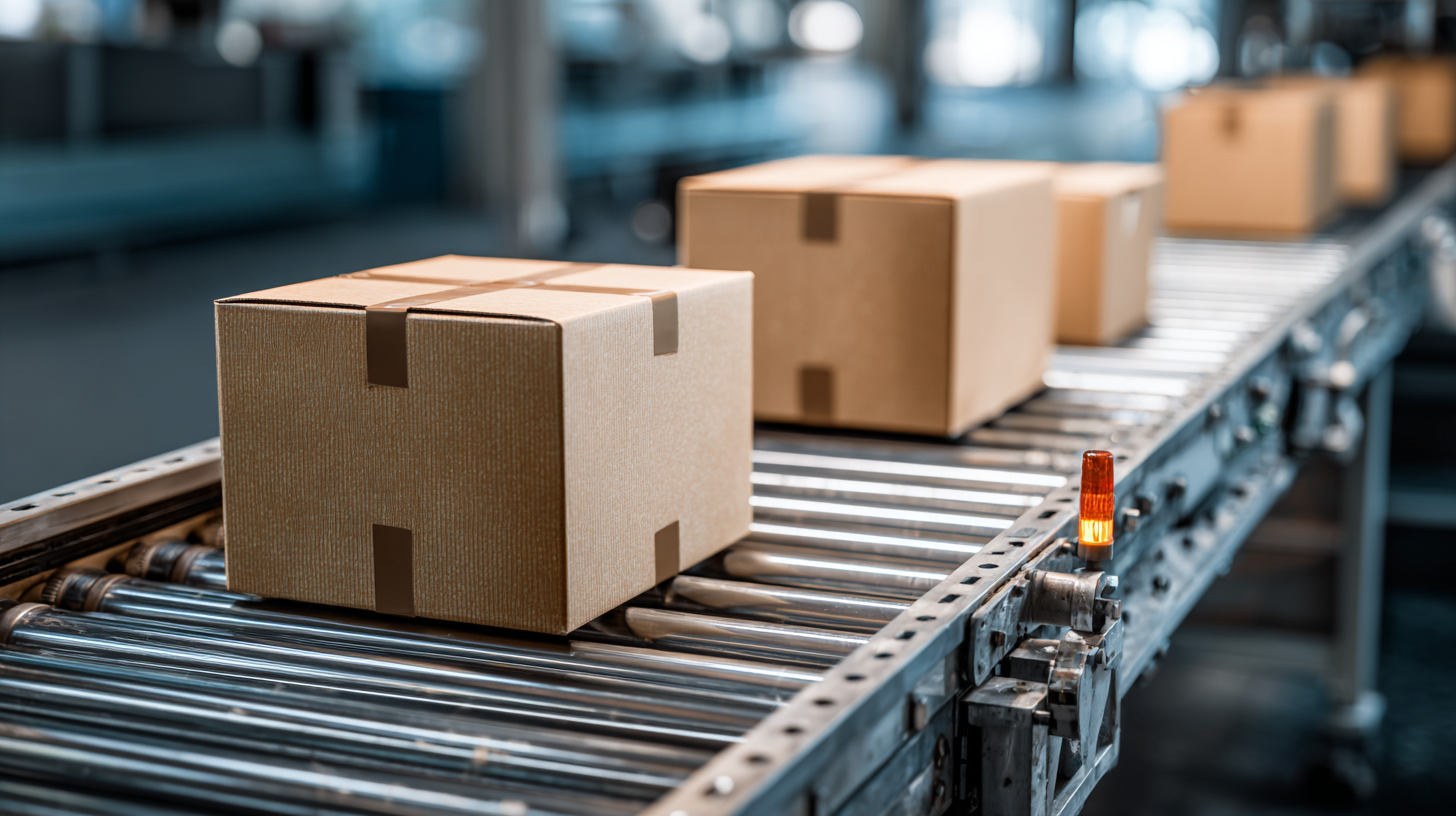
With advancements in automation and technology, modern carton taping machines offer features such as adjustable speed, precise application, and adaptability to various carton sizes, making it essential for companies to evaluate their needs properly. This guide aims to provide insights into choosing the most suitable carton taping machine, ensuring your business remains competitive in an evolving landscape.
Understanding Your Business Requirements for Carton Taping Machines
Selecting the right carton taping machine begins with a clear understanding of your business requirements. Different industries have varying packaging demands, influenced by factors such as production volume, box sizes, and type of materials used. According to a recent report from Smithers Pira, the global demand for packaging machinery is expected to grow by 4% annually, underscoring the importance of investing in a machine that meets your operational needs. For example, businesses in the food and beverage sector typically require machines that can handle high-speed taping to ensure product freshness and compliance with industry regulations.
Tips: When assessing your needs, consider the volume of cartons you process daily. An average carton taping machine can seal 15-30 cartons per minute, but high-speed models can exceed 45 cartons per minute. Evaluate your production rate and forecast future growth to ensure the chosen machine can adapt to increasing demands.
Moreover, the size and dimensions of your packaging materials play a critical role in selecting a taping machine. Inline machines are suitable for uniform box sizes, while adjustable or semi-automatic models accommodate various dimensions, enhancing flexibility. According to Packaging World, businesses that prioritize adaptable machinery can improve efficiency and reduce downtime by 20%.
Tips: Review the specific measurements of your cartons and consult manufacturers about adjustable models. This flexibility may offer significant cost savings and operational efficiency in the long run.
Evaluating Different Types of Carton Taping Machines Available
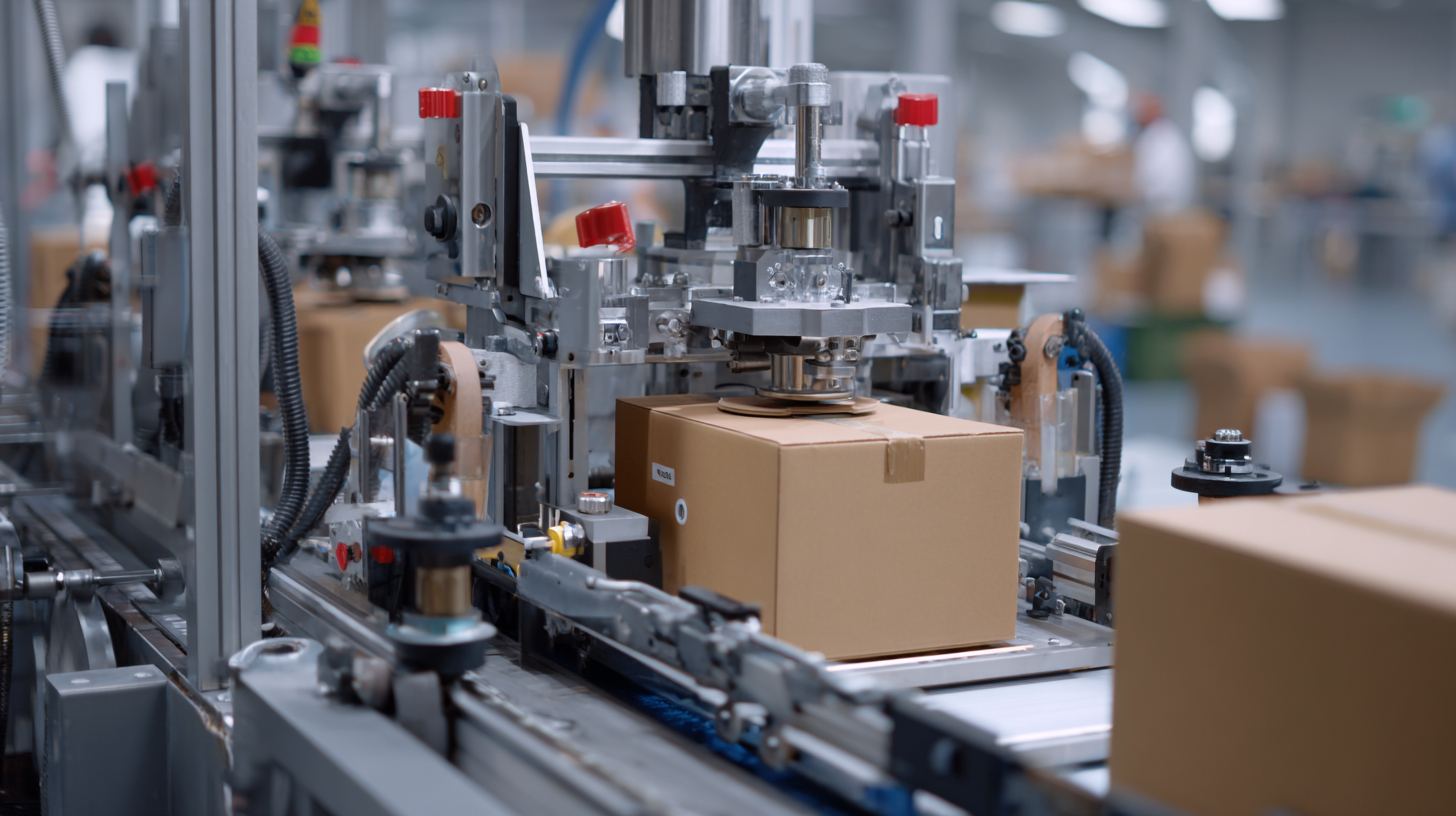 When evaluating different types of carton taping machines available on the market, it's crucial to consider the specific needs of your business. There are several types, including manual, semi-automatic, and fully automatic machines. According to a recent market report by Smithers Pira, the demand for automated packaging solutions is projected to grow by 4.5% annually, highlighting the growing trend toward efficiency and reliability in packaging operations. Semi-automatic machines are perfect for businesses with medium to high volume needs, while fully automatic machines cater to high-volume operations, minimizing labor costs and maximizing throughput.
When evaluating different types of carton taping machines available on the market, it's crucial to consider the specific needs of your business. There are several types, including manual, semi-automatic, and fully automatic machines. According to a recent market report by Smithers Pira, the demand for automated packaging solutions is projected to grow by 4.5% annually, highlighting the growing trend toward efficiency and reliability in packaging operations. Semi-automatic machines are perfect for businesses with medium to high volume needs, while fully automatic machines cater to high-volume operations, minimizing labor costs and maximizing throughput.
Tips for Selection: When choosing a taping machine, consider the size and weight of the cartons you will be using. Ensure the machine is compatible with your packaging specifications to avoid operational hiccups. Furthermore, look for models that allow for easy adjustments, as changing product lines can lead to variations in carton sizes.
Another crucial factor is the type of tape that the machine uses. According to the Packaging Machinery Manufacturers Institute (PMMI), machines that can handle different tape adhesives—such as acrylic and hot melt—offer greater versatility and can adapt to various environmental conditions.
Tips for Maintenance: Regular maintenance of your taping machine can extend its lifespan. Implement a proactive servicing schedule, focusing on key components such as the tape dispenser and rollers, to prevent downtime and ensure smooth operations.
Key Features to Look for in a Carton Taping Machine
When selecting a carton taping machine, several key features should be prioritized to ensure it meets your business needs. First, consider the machine's speed and efficiency. High-speed models can significantly increase your packaging throughput, which is essential for businesses with large volumes of products. Additionally, look for machines that offer adjustable tape tension and length settings, allowing you to accommodate various box sizes and materials without compromising on quality.
Another important aspect is the machine's ease of use and maintenance. User-friendly controls and quick setup processes can greatly reduce downtime and training costs for your staff. Moreover, consider the durability and design of the machine; a robust construction will ensure longevity even in high-demand environments. Finally, assess the machine’s compatibility with different tape types and sizes. This flexibility can be vital for businesses that package a wide range of products, providing them with the versatility to adapt as their inventory changes.
How to Select the Right Carton Taping Machine for Your Business Needs - Key Features to Look for in a Carton Taping Machine
| Feature | Description | Importance |
|---|---|---|
| Speed | The number of cartons taped per minute. | High speed ensures efficiency in production. |
| Adjustment Features | Ease of adjusting for different carton sizes. | Flexibility for varying packaging needs. |
| Durability | Construction quality and material resistance. | Long-term cost savings and reduced downtime. |
| Ease of Use | User-friendly interface and controls. | Minimizes training time for operators. |
| Power Consumption | Electricity usage and efficiency ratings. | Lower operational costs and eco-friendly. |
| Maintenance Requirements | Frequency and complexity of maintenance tasks. | Reduces operational disruptions and costs. |
| Safety Features | Incorporation of safety guards and emergency stops. | Protects workers and maintains compliance. |
Assessing Budget and Cost-Effectiveness for Your Taping Needs
When selecting a carton taping machine, understanding your budget and assessing cost-effectiveness are crucial steps. A well-defined budget will help you narrow down your options and avoid overspending on features that may not be necessary for your operations.
Begin by analyzing your current production demands and frequency of use to establish how much you can afford to allocate without sacrificing quality or efficiency. Consider the total cost of ownership, including initial purchase price, maintenance costs, and potential downtime.
In addition to upfront costs, evaluating the machine's efficiency can reveal long-term savings. Look for models that offer automation features, as they can significantly reduce labor costs and increase throughput. Investing in a reliable machine might seem costly at first but can lead to lower operational expenses over time, especially if it minimizes waste and enhances speed. By balancing your budget with a careful cost-benefit analysis, you can select a carton taping machine that aligns perfectly with your business needs without compromising on performance.
Ensuring Compatibility with Your Existing Packaging Line and Workflow
When selecting a carton taping machine for your business, ensuring its compatibility with your existing packaging line and workflow is paramount. A well-integrated machine can significantly enhance efficiency, reduce downtime, and streamline operations. When assessing compatibility, consider factors such as the dimensions of your cartons, the speed of your production line, and any specific materials you use. Machines that can be easily adjusted for varying carton sizes and types can provide greater flexibility and adaptability as your packaging needs evolve.
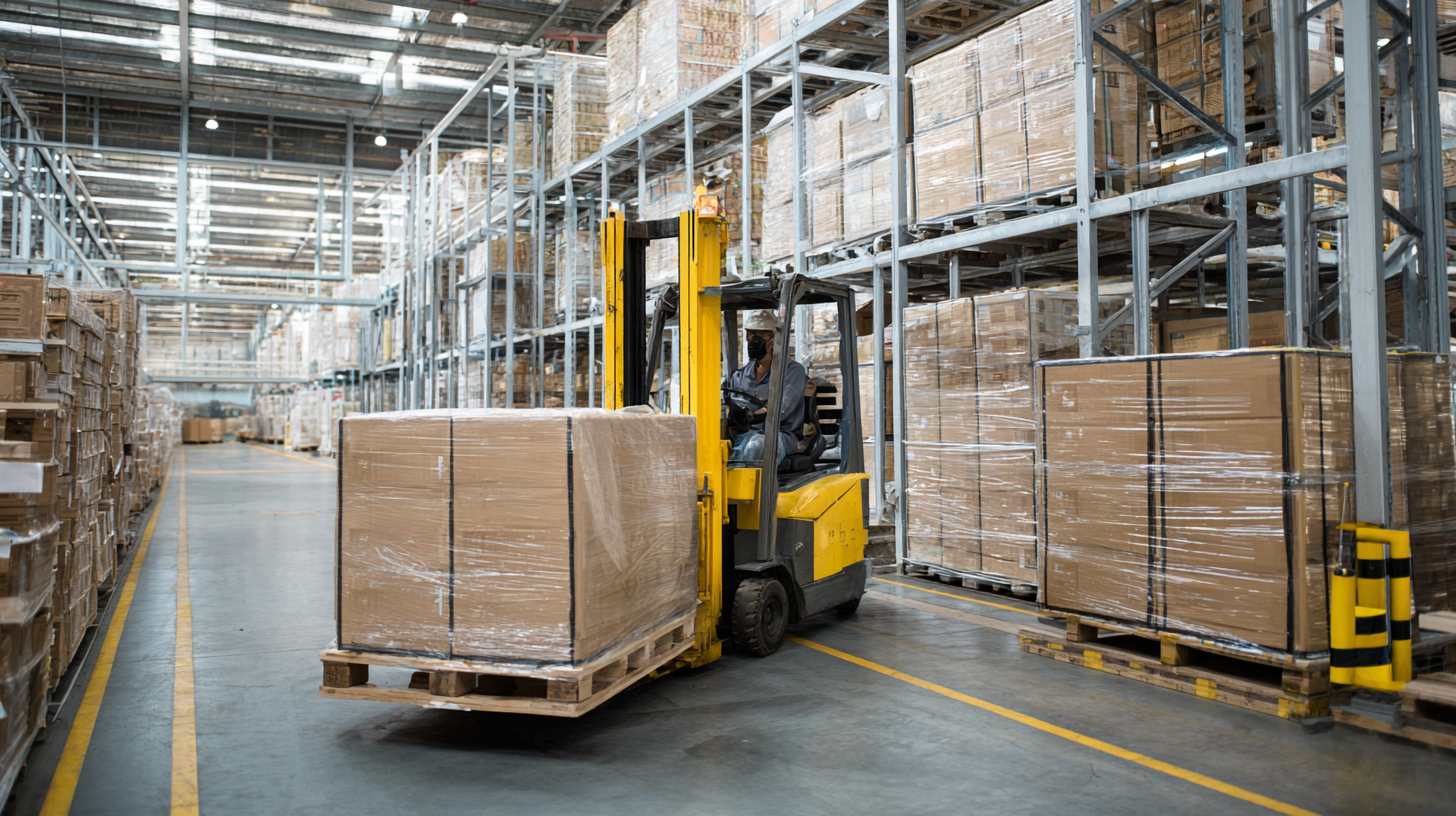
Moreover, evaluating the machine’s interface with current equipment is crucial. It should seamlessly fit into your operational processes, whether that involves automatic infeed systems, carton erectors, or case sealers. This minimizes the need for additional modifications, facilitates smoother transitions between packaging stages, and ensures that your crew can operate the new machine with minimal training. By prioritizing compatibility, you not only optimize your workflow but also make a significant investment in your business's long-term efficiency and productivity.
Related Posts
-

Optimize Your Packaging Line with High Efficiency Carton Taping Machines
-

Unlocking Excellence: The Comprehensive Guide to Sourcing Top-Notch Case Sealers for Global Procurement
-
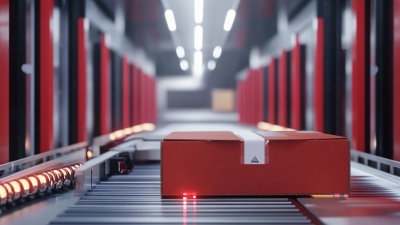
Advantages of Using an Efficient Box Taping Machine for Streamlined Packaging Operations
-
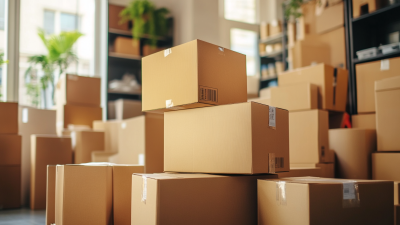
Carton Taping Machine Trends for 2025 and Best Practices for Increasing Efficiency
-
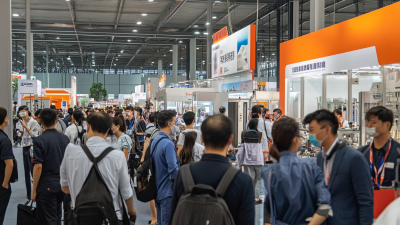
Maximizing Your Export Potential with Carton Taping Machines at the 2025 Canton Fair
-

Navigating Global Trade Challenges with the Best Box Taping Machine from China
